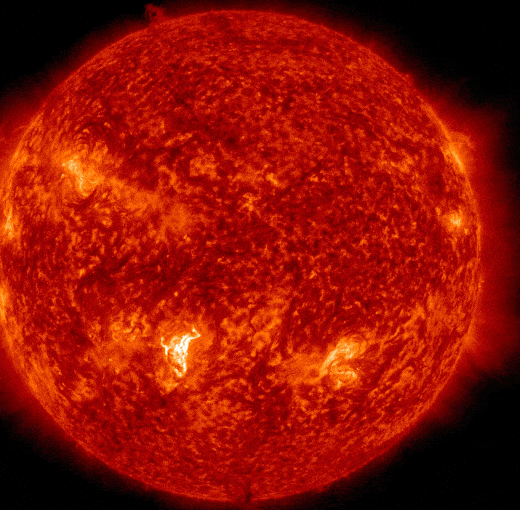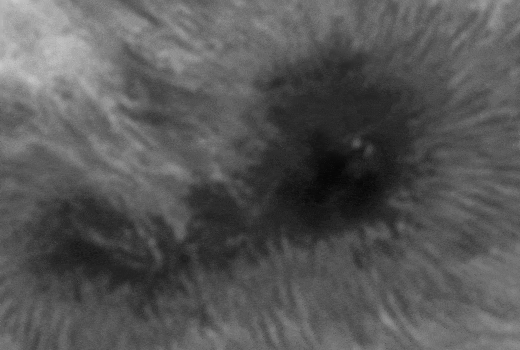
#DARK #ERUPTION ON THE #SUN: One of the most dramatic eruptions of Solar Cycle 25 occured yesterday, July 14th, when a spray of dark #plasma flew away from the sun's southern hemosphere. NASA's Solar Dynamics Observatory recorded the event:
The explosion started in the magnetic canopy of AR3370, a small and previously unremarkable sunspot. X-ray sensors on Earth-orbiting satellites registered a C8.8-class solar flare at 1844 UT just before the dark ejecta appeared. Why dark? The plasma was #relatively #cool and #dense, and silhouetted the glow of the underlying sun.
This explosion probably hurled a #CME toward #Earth. Confirmation awaits fresh data from SOHO coronagraphs.
THIS SUNSPOT IS BLOWING BUBBLES: Big sunspot AR3363 has an inky-black core wide enough to swallow Earth. What is going on in there? On July 11th, a Dutch astronomer nicknamed "Neo" decided to take a closer look, and this is what he saw:

"I captured a phenomenon called 'umbral flashes,'" says New. "Rapid bubbling from the depths of the Umbra is shown in this timelapse movie, which I created from 11 minutes of raw video."
The umbra of a sunspot is its dark central core. It is where magnetic fields are so intense, incandescent heat from the underlying sun is bottled up and prevented from reaching the surface. That is why sunspot umbras look dark.
Yet they are not completely dark. Professional astronomers have long known that flashes of light and popping bubbles can be seen in sunspot cores. These events are not fully understood. One theory holds that gas from the sun's atmosphere falls into the umbra. When it reaches the "floor" of the sunspot, the gas rebounds, forming luminous shockwaves that observers describe as "umbral flashes."
